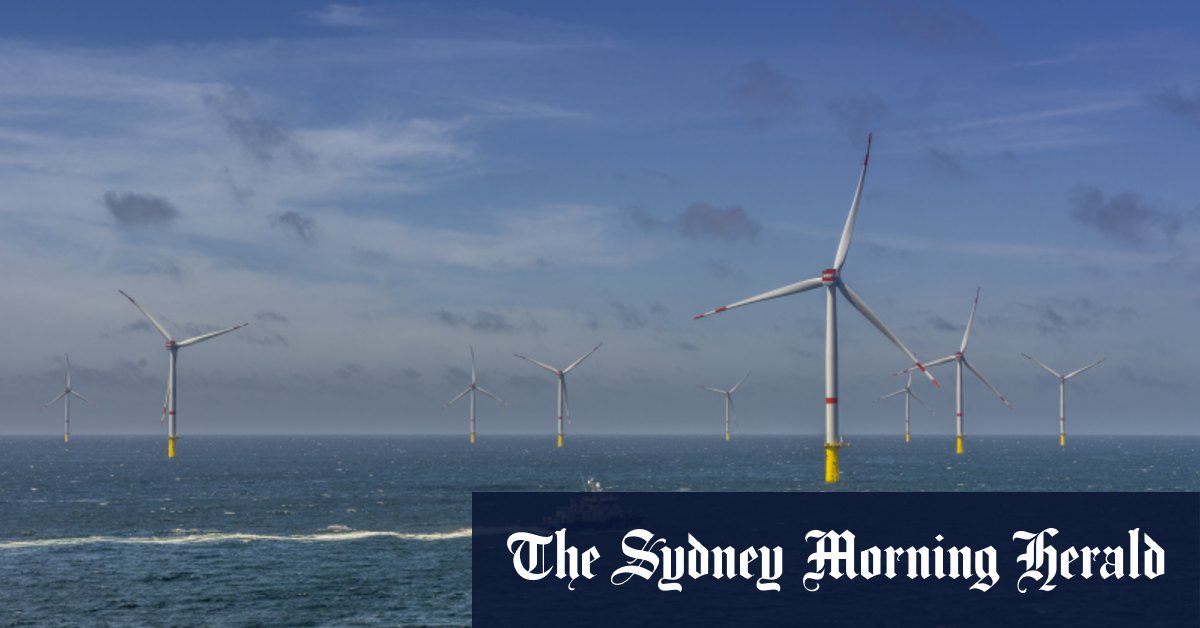The Victorian government has pledged about $40 million for feasibility studies and pre-construction development for three major offshore wind proposals, including Seadragon, Star of the South, and a 1-gigawatt project backed by Macquarie Group.
loading
While offshore wind is one of the fastest-growing sectors of renewable energy across the globe, most projects are located in waters where the turbines’ foundations can be affixed to the seabed.
Floating wind farms, such as Flotation’s Seadragon, are built on floating structures and are stabilized by moorings and anchors, meaning they can be located in much deeper waters where winds are stronger and more reliable. Developing wind turbines further offshore could also reduce the risk of projects facing objections from nearby communities concerned about visual and environmental impacts.
Because Gippsland is also home to all of Victoria’s coal-burning power stations and the 50-year-old Bass Strait oil and gas fields, the looming prospect of a large-scale renewable energy industry dawning in the area could help to generate new employment opportunities eleven those industries wind down. EnergyAustralia’s Yallourn coal-fired station is due to close in 2028, while the oil and gas fields are in rapid decline.
Federal Energy Minister Chris Bowen is planning to create a national network of zones where offshore wind power generation is allowed, last week naming six areas it will seek to declare “suitable”.
Shortly before the last federal election was called, the former Morrison government announced that the blustery waters off the Gippsland coastline would be the first “priority area”, but did not launch the consultation process because the underpinning legislation had not yet come into effect.
“We’re way behind the game, way behind the rest of the world, in producing wind off our coastline,” Bowen said.
The Business Briefing newsletter delivers major stories, exclusive coverage and expert opinion. Sign up to get it every weekday morning.
